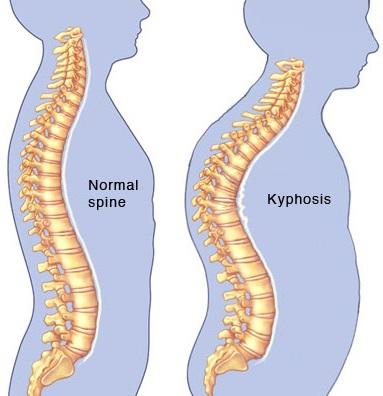LOWER BACK PAIN
Low back pain is one of the most common musculoskeletal complaint. The anatomy of the lower back consists of the disc, the vertebra body, the spinal canal, the facet joint, the spinal nerves, and the spinal ligaments/muscles. Each of these elements can cause lower back pain, and sometimes pain results from more than one component.
Disc herniation is one of the most common causes of low back pain. It can be caused by trauma, heavy lifting, and most commonly degenerative disc disease. Degenerative disease results in weakening of the discs and can lead to spinal stenosis and nerve impingement. A precisely performed epidural steroid injection can relieve pain from this condition.
Another common cause of lower back pain is from facet arthritis. The facet joint is a pair of joints in the back portion of spine. Facet arthritis can result from sports-related injury, auto accident, poor posture, and degenerative disease. Symptoms include stiffness along the spine, backache after sitting or standing for extended periods, and sharp pain on turning or rotating the back. Facet injection and radiofrequency ablation are effective treatment for this condition.

